Our Blog
When Should You Move Baby From Pram to Pushchair

There are many options on the market these days when it comes to prams, pushchairs, strollers and travel systems. As a new parent, it is common and you are not alone if you are feeling overwhelmed by the different variations and the vast amount of choices available.
As your little one grows it is important to make sure that they are travelling in the right form of transport for their age and development, their transport needs will continue to change as they grow and get older.
Pram vs Pushchair - What’s the Difference?
Before you learn when to move your baby from their pram to a pushchair you should first learn the difference between these two things as the terminology can be confusing.
Pram
A pram is the most traditional form of baby transport. They are designed for small babies and are suitable for newborns. This is because a pram is developed in a way that means the baby will lie flat in a pram.
For newborn babies and small babies, laying flat is an essential feature for their safety. Laying flat is suitable for newborns as they are not yet able to support their head, it also helps with their breathing too. Prams are also designed so that your little one is facing you, this is needed for newborns so you can keep a close eye on them.
Prams will be soft and comfy for small babies and a sun canopy will also be there to shield your baby from the sun. Some prams even allow you to remove the top crib compartment and use that as a Moses basket whilst on the move.
Prams also tend to be a bulkier version compared to the other baby transport devices that are available, whilst some can be folded, compatibility is not their intended or most important feature.
Pushchair
Pushchairs are suitable for older babies, this is when they are more capable of supporting their head. Pushchairs are more versatile than prams and are strong and sturdy too.
Pushchairs are good for parents on the go as they can be folded easily and transported from place to place, in the car or on public transport. Babies and toddlers will sit facing outwards in a pushchair instead of parent-facing.
This gives them a good view of the world as you explore together. However, some pushchairs give parents the option to turn the seat around if they wish, if they want their little one to be facing them.
Sometimes pushchairs have seats that recline, depending on the make and model. If the pushchair has a fully reclining seat, it will be suitable for newborns too. This is something that you would have to double-check in a pushchair’s product description when you come to do your research before buying. Make sure you check whether the model you are looking at is suitable for newborns so that you do not make the wrong investment.
Pushchairs can also come in doubles, perfect for when handling two little ones at once or if you are having twins!
What Is a Stroller?
It is common to be unsure as to what a stroller is. Often confused with the American term for a pushchair or buggy, a stroller is a version of a pushchair however is even more versatile, compact and easy to transport and carry around. They are forward-facing and also designed for older babies that have good control of their head.
Strollers are a popular choice for many families as they are so convenient for day-to-day life and travelling. Strollers can be folded easily and quickly and are compact enough to fit into the smallest of car boots and cupboard spaces when stored in your home.
Simple yet lightweight, strollers are extremely durable and hard to wear too.
When to Move Baby From Pram to Pushchair?
You should move your baby from their pram to a pushchair once they are strong enough to be able to sit and support themselves and their head. If your baby can sit up unaided then this is a good way of knowing that they are ready to progress onto a pushchair.
A pushchair is usually good for babies 6 months old and older. Once your baby is of age and no longer needs support to sit upright, then they do not need to be laid flat all the time.
Each baby is different and you will know when the time is right to upgrade to a pushchair type of transport for your little one. Do not feel rushed to do this, as you may just find it useful to lay them flat for a little while longer if they are comfortable and are sleeping a lot of the time still.
As your baby or toddler gets older they will prefer to sit upright and face outwards. This way they can monitor the world and take in their surroundings, which will all be very new and interesting to them.
We understand that as a new parent, you may want to keep your child facing you so you can tend to their every need and keep a close eye on them. Facing outwards will be much more beneficial for them as they get a bit older and continue to grow.
Safety Considerations for Your Pram and Pushchair
The safety guidelines regarding using a pram or a pushchair to transport your little one are as follows, so take into consideration the safety factors listed below.
Harness
A suitable harness is great for your baby in their pushchair. It means they are seated securely and safely at all times. A five-point harness is ideal for a safe pushchair, with a central child-proof locking system.
The harness will consist of two straps for the shoulders and two sitting around your baby’s hips, with one between their legs. The harness ensures your little one cannot wriggle their way out of their seat and is a must when travelling over uneven ground.
Breathing
Using a pram for young babies including newborns is important because laying them flat helps with their breathing. It allows oxygen to enter their lungs easier so it is important for newborns to be laid flat.
Head Control
When babies can have control over their heads, this is called head control. Each baby will develop at a slightly different pace, there is no right or wrong timeline. Head control begins when playing on their playmats and can happen from as little as 1 month to 3 months old. However, many start to have head control much later on.
If your little one is not yet able to raise their head on their own and support themselves then hold off from switching to a pushchair, your pram will be suitable until they reach this stage.
Spine Development
Spine development is also something to be aware of. When your baby is very small, their bones are vulnerable and growing rapidly. When a young baby is laid flat, their spine develops naturally.
This is another reason why laying a baby in a flat position is important for their bone development. It means that their bones are correctly positioned and they develop.
The Lejoux Stroller
If you are looking to upgrade to the perfect travel companion for you and your little one, suitable for little ones 6 months old and up, then look no further than The Lejoux Stroller.
All of our strollers at Lejoux are extremely versatile, durable, hard-wearing, compact, lightweight, and high-quality. They are perfect for transporting your little one around, wherever you may be going.
Check out our full collection of strollers on our website, they are available in seven attractive colours and are extremely stylish and affordable too.
If your baby is ready to progress onto a pushchair, then opting for a stroller means that you are well-equipped to tackle any form of transport or travel destination you desire with your young family in tow.
A quality stroller makes for an even better solution than standard pushchairs, capable of being easily compacted into cars, aeroplanes, trains, and buses, or stored tidily away in your home.
Contact Lejoux if you have any questions or queries for us or visit our website to view the fantastic strollers that we have on offer.

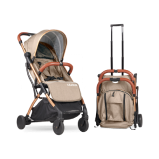
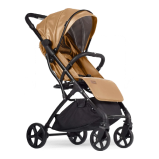
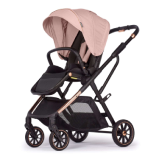
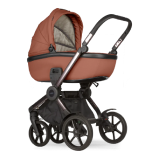
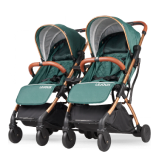
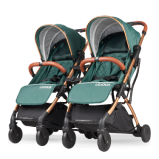
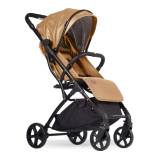
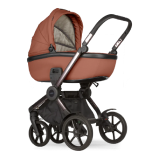
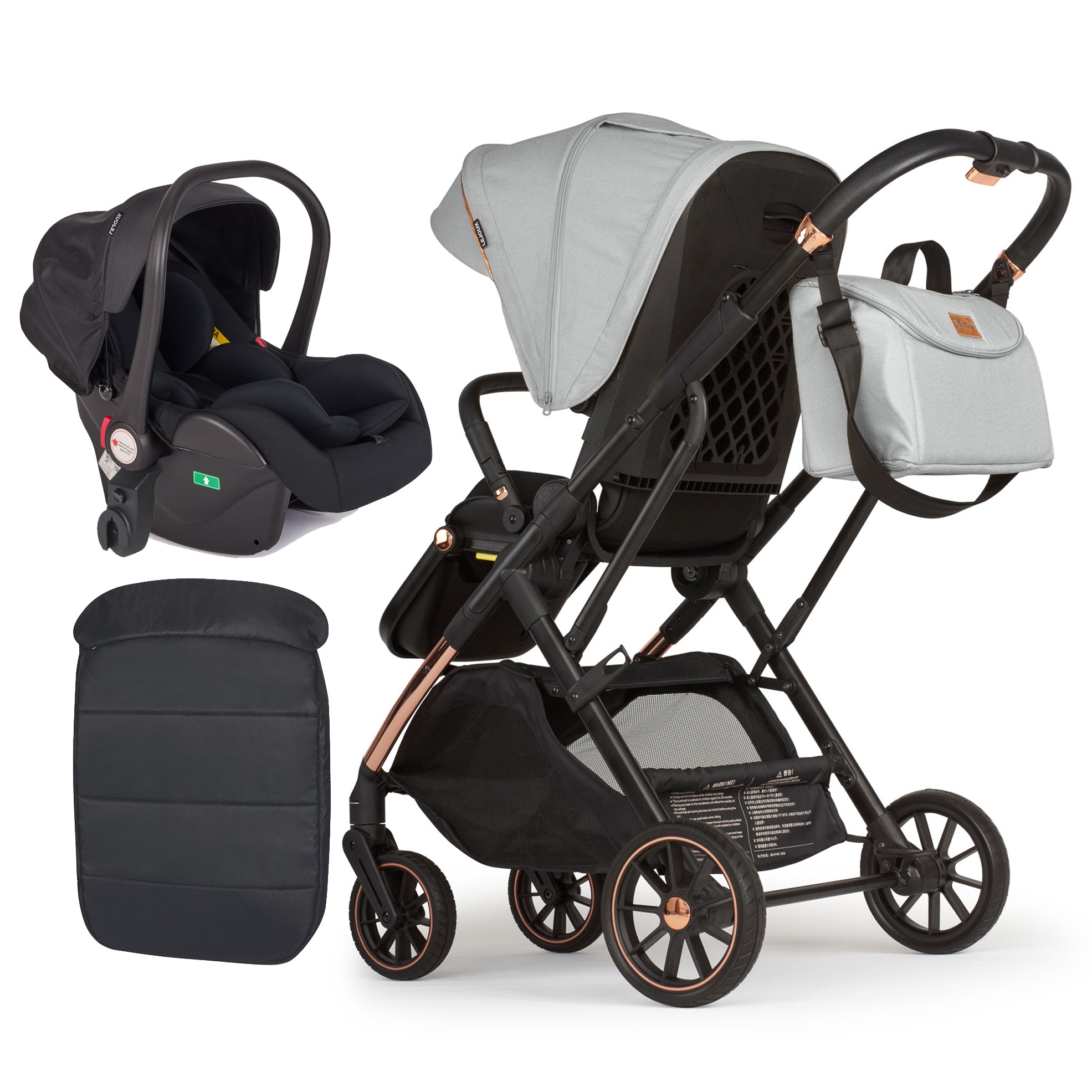
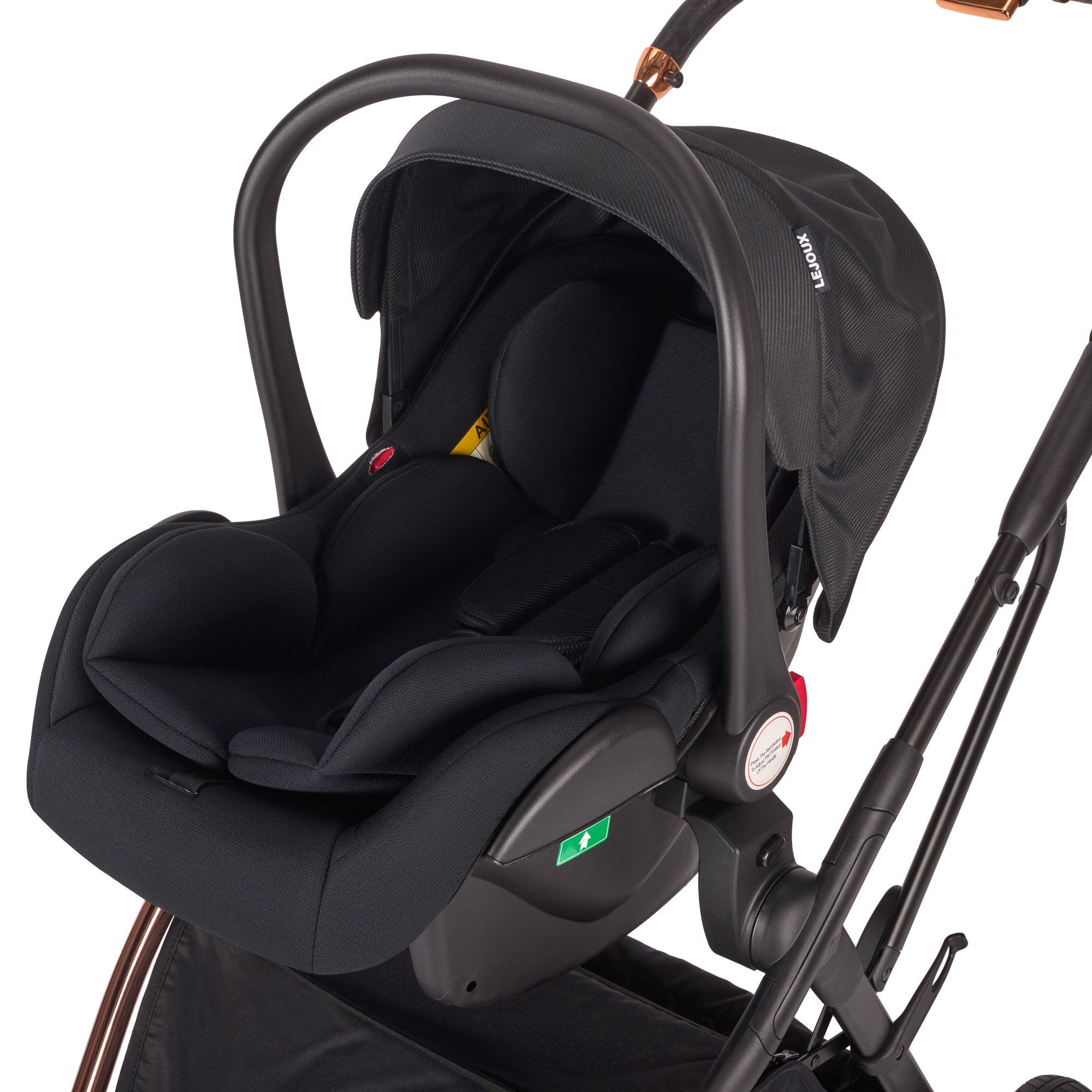
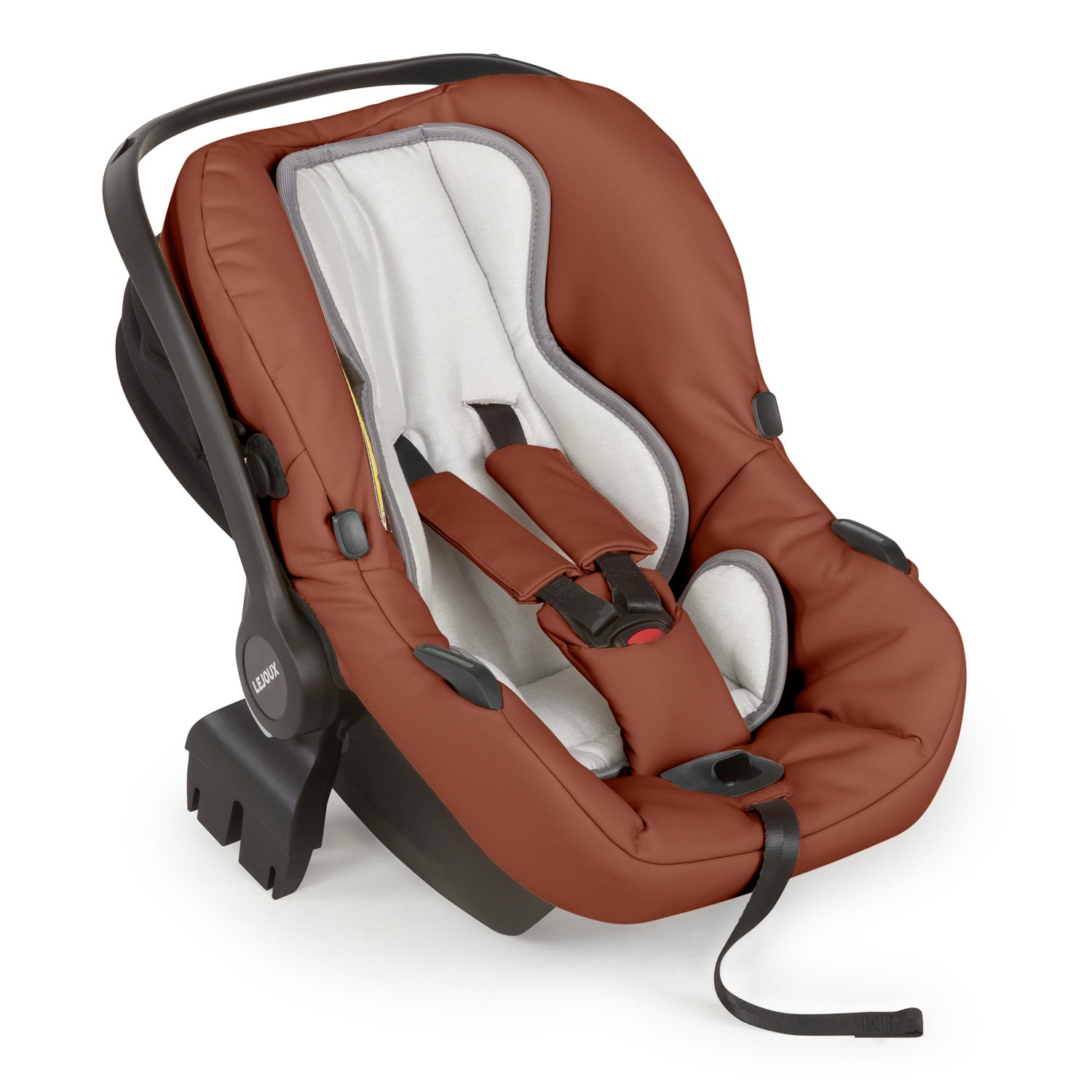
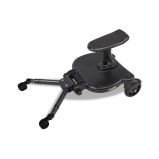
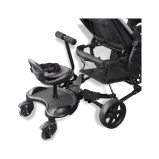
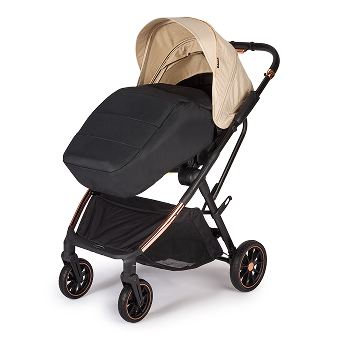
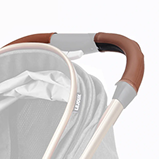
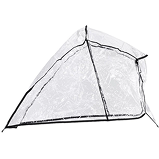
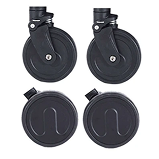
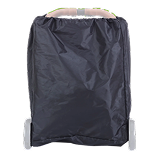
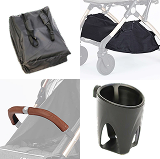
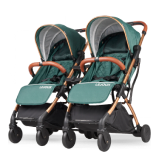
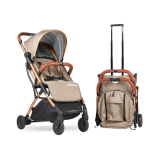
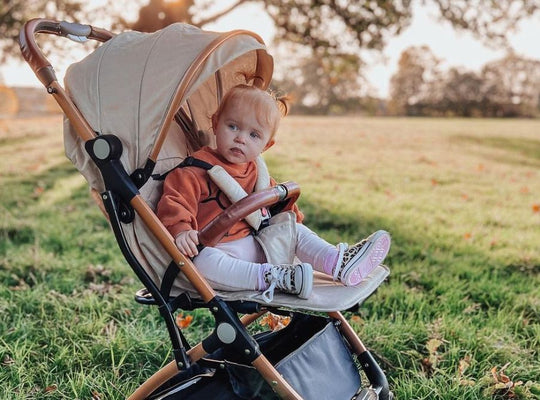
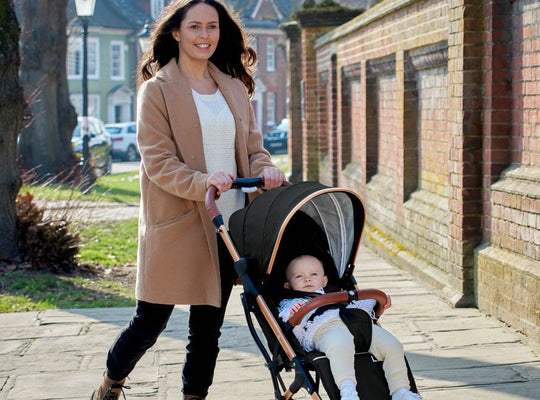
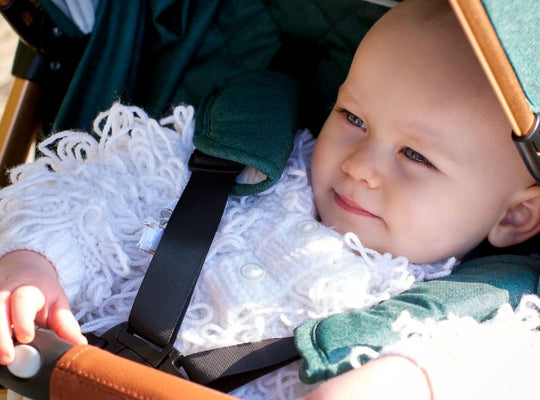
LEAVE A COMMENT